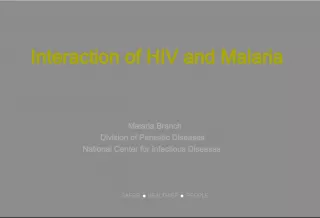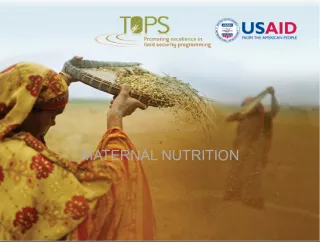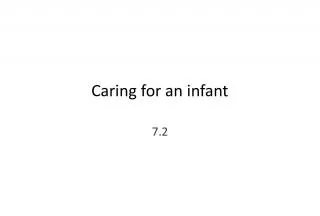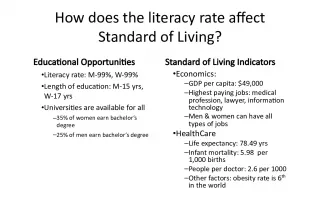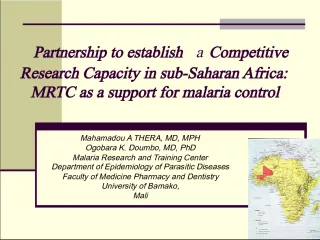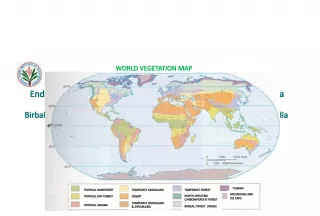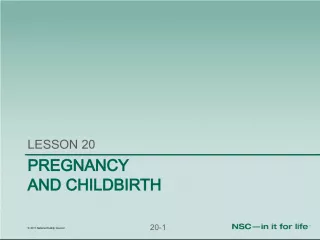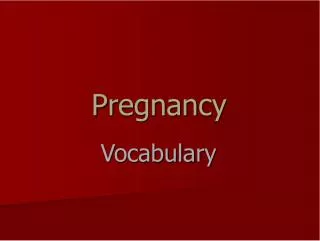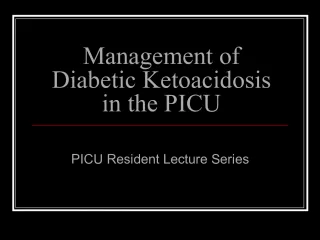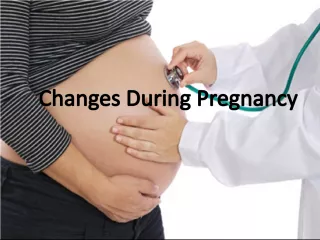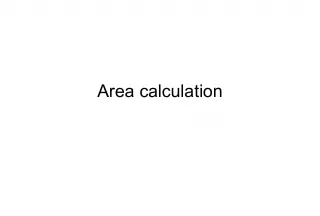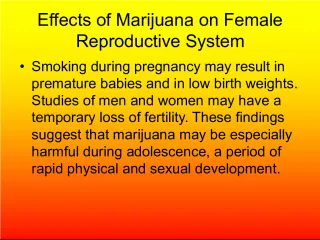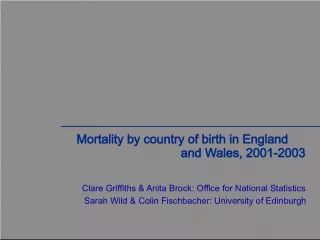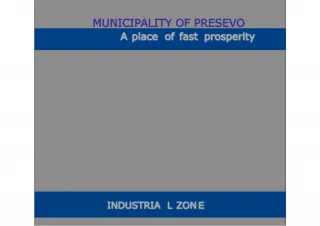Impact of maternal malaria during pregnancy on infant mortality rate in a highly endemic area
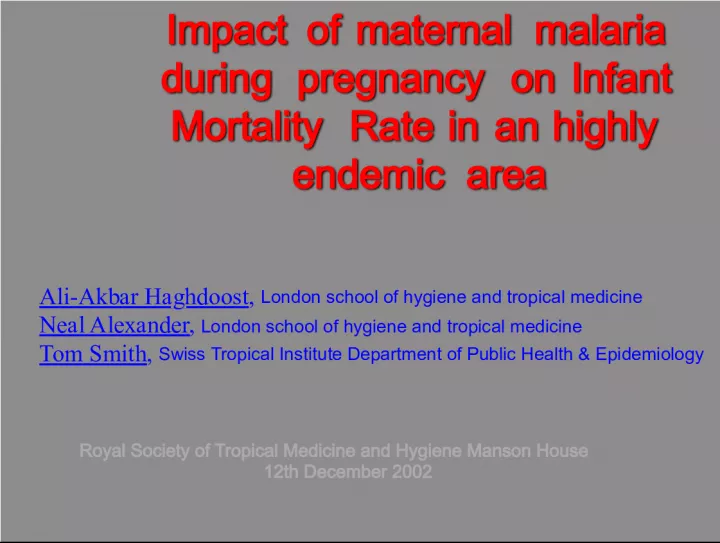

This article explores the impact of maternal malaria during pregnancy on infant mortality rates in a highly endemic area. The authors, Ali Akbar Haghdoost
- Uploaded on | 0 Views
-
 daryldavis
daryldavis
About Impact of maternal malaria during pregnancy on infant mortality rate in a highly endemic area
PowerPoint presentation about 'Impact of maternal malaria during pregnancy on infant mortality rate in a highly endemic area'. This presentation describes the topic on This article explores the impact of maternal malaria during pregnancy on infant mortality rates in a highly endemic area. The authors, Ali Akbar Haghdoost. The key topics included in this slideshow are . Download this presentation absolutely free.
Presentation Transcript
Slide1Impact of maternal malaria during pregnancy on Infant Mortality Rate in an highly endemic area Impact of maternal malaria during pregnancy on Infant Mortality Rate in an highly endemic area Ali-Akbar Haghdoost , London school of hygiene and tropical medicine Neal Alexander , London school of hygiene and tropical medicine Tom Smith , Swiss Tropical Institute Department of Public Health & Epidemiology Royal Society of Tropical Medicine and Hygiene Manson House 12th December 2002
Slide2Why malaria during pregnancy is important? Why malaria during pregnancy is important? Pregnant Women: pregnancy immunity severity
Slide3Maternalimmunity Malaria during pregnancy Baby Anaemia in woman Placental infection Severe disease and/or infection decrease decrease Congenital malaria (rare) LBW and anaemia mortality mortality increase increase
Slide4highly endemic are in Northern Nigeria, highly endemic are in Northern Nigeria, The garki project: more than 12,000 people were followed in 23 survey The garki project: more than 12,000 people were followed in 23 survey Mother’s and baby’s data were linked base data collection time and birth dates and, compound ID, 417 pairs out of 747 deliveries Mother’s and baby’s data were linked base data collection time and birth dates and, compound ID, 417 pairs out of 747 deliveries Rate ratio for infection during first and second half of pregnancy on IMR were computed by Poisson regression model Rate ratio for infection during first and second half of pregnancy on IMR were computed by Poisson regression model
Slide5Time of infection IMR Time of infection IMR First half 0.69 First half 0.69 Second half 1.47 Second half 1.47 Any time 0.94 Any time 0.94 Offspring malaria rate Offspring malaria rate 0.73 0.73 1.52 1.52 1.0 1.0 Malaria during the first half of pregnancy is a protective factor, however during the second half is a risk factor for IM and also contracting infection after birth Malaria during the first half of pregnancy is a protective factor, however during the second half is a risk factor for IM and also contracting infection after birth
Slide6Malaria during crude Malaria during crude RR PAF RR PAF First half 0.67 - First half 0.67 - Second half 1.47 0.12 Second half 1.47 0.12 Any time 0.94 - Any time 0.94 - Adjusted for baby’s malaria Adjusted for baby’s malaria RR PAF RR PAF 0.76 - 0.76 - 1.74 0.16 1.74 0.16 1.15 0.06 1.15 0.06 Adjusted > crude Adjusted > crude Why? Why? Might be due to maternal immunity Might be due to maternal immunity The effect of malaria in the first and second half of pregnancy is different The effect of malaria in the first and second half of pregnancy is different
Slide7SPR and risk of infection in pregnant and non- pregnant women SPR and risk of infection in pregnant and non- pregnant women Group pregnant non-pregnant Group pregnant non-pregnant SPR SPR 0.14 0.16 Risk of infection Risk of infection 18.5 34.7 Why pregnant women has less chance of infection? Why pregnant women has less chance of infection? 1. Higher immunity 1. Higher immunity 2. Lower risk of exposure 2. Lower risk of exposure
Slide8WHO recommendation: WHO recommendation: Prompt treatment for all demonstrable disease Prompt treatment for all demonstrable disease Prophylaxes for all pregnant women Prophylaxes for all pregnant women Although it is correct, to make more precise plan we should think about Although it is correct, to make more precise plan we should think about The difference between infection and disease The difference between infection and disease Endemisity of malaria Endemisity of malaria Drug resistance Drug resistance Pregnancy age Pregnancy age Socio-economic and nutritional status of people Socio-economic and nutritional status of people
